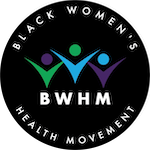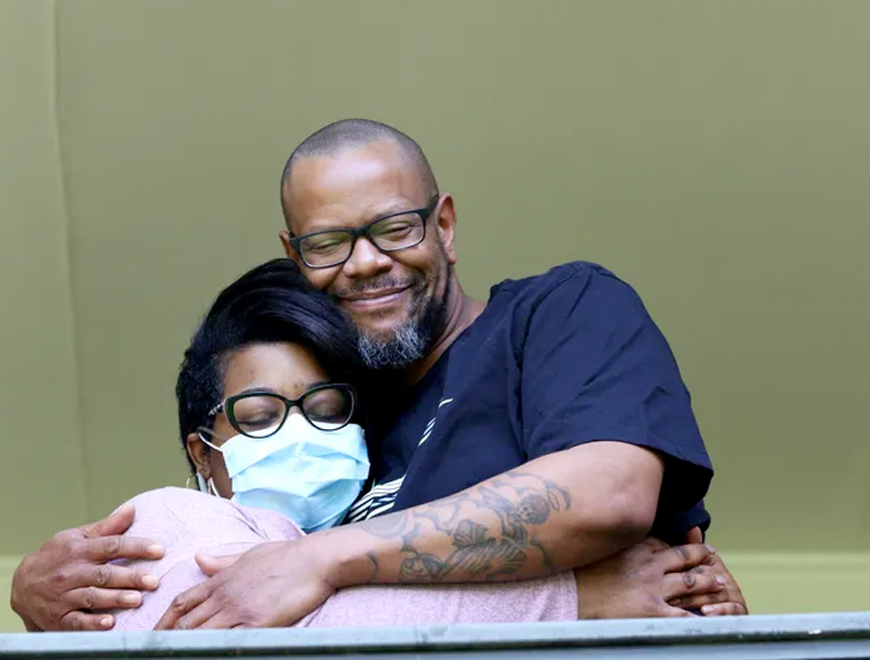Cincinnati.com Opinion | Collaboration is key to eliminating health disparities
Featured on Cincinnati.com | Renee Mahaffey Harris Opinion Contributor
The alarming statistics from New York, Milwaukee, Chicago, Louisiana, and Michigan are shedding the light on health disparities that have persisted in the United States since it was first identified by the Health & Human Services Secretary in 1985. The result of that 18-month research study confirmed that incidence and mortality rates of diseases among black people were greater than whites in this nation due to and across socioeconomic factors. In 2016, the federal government’s Health Quality Study confirmed that the needle on health disparities had not moved in over 35 years.
Today, we are now asking ourselves why the new coronavirus is disproportionately impacting black people in the major cities where demographic data has been collected. As reported in Chicago, more than 70% of deaths related to coronavirus were among African Americans who make up a third of the population. There is a similar narrative in Michigan where black residents make up less than 14% of the population and over 40% of COVID-19 deaths. Now Is not the time to point fingers. The systematic and structural factors that have perpetuated these outcomes for decades must be examined and revolutionized.
African Americans have higher rates of hypertension, asthma, diabetes and comorbidities of these chronic diseases, all of which increase the risk for serious complications from COVID-19. These higher levels of chronic disease are linked to our structural and institutional systems, including housing discrimination, neighborhood proximity to toxic areas, food deserts, higher uninsured rates, and the psychological distress of being marginalized, dealing with racial microaggressions and instances of overt racism. These factors negatively impact the physical and mental health of African Americans. This is further compounded by black people’s distrust of the medical community.
Trust has been a primary factor as evidenced in the Institute of Medicine and World Health Organization’s 2002 report “Unequal Treatment.” I ask myself – what can we do to address the immediate needs in the black community? The Center for Closing the Health Gap was created in collaboration with health care, academic, government and community leaders in 2004. Our mission is to lead the efforts to eliminate racial and ethnic health disparities through advocacy, community outreach an education. Since then, The Health Gap has impacted over 365,000 people regionally. Much of our work is providing relevant, practical health information and resources in an engaging way. We can have an even greater impact working collaboratively with other organizations that serve the marginalized.
There are many hardworking social services organizations in Cincinnati whose mission is to serve specific needs of marginalized populations and do it well. Each organization secures funding to maintain and build on their efforts. Yet, racial inequalities have persisted at the same levels for decades. Our nation’s communities will not disrupt the inequality trend if we continue to work in silos. How do we navigate through our sense of ownership (and egos) and collectively deliver comprehensive services that will bridge the gap in health disparities?
What is our collaborative potential to meet the vast needs of the marginalized in our region? I do not have the answers, but I am confident that if all of the sectors that serve our communities galvanize our gifts, resources, and funding we can collectively develop effective, long-term strategies that will have a dramatic impact their lives.
The COVID-19 Community Services site collaboration is an example of what we can do collectively in a crisis. Several organizations launched this resource site to serve as a trusted information source. I am proud that we were able to quickly execute this vision and help balance the barrage of fear and uncertainty we all face daily.
The Black Women’s Health Movement is also being built in the spirit of collaboration. Our goal is to mobilize and connect efforts already happening in the city to bring culturally relevant, evidence-based solutions to improve the health outcomes of black women and their families. The Health Gap’s role is to facilitate an infrastructure where women will have resources that are designed by and for them; organizations will expand their reach and have a stronger impact; and businesses will share their expertise and grow their awareness. (More to come on that soon!)
It is my hope that this crisis will be a call to action for Cincinnati’s leaders to work toward a collective, comprehensive, long-term plan that will move the needle of health disparities that the nation can emulate. Coming together is the key. The stakes are too high to not collaborate.
Renee Mahaffey Harris is president and CEO of The Center for Closing the Health Gap in Greater Cincinnati.


